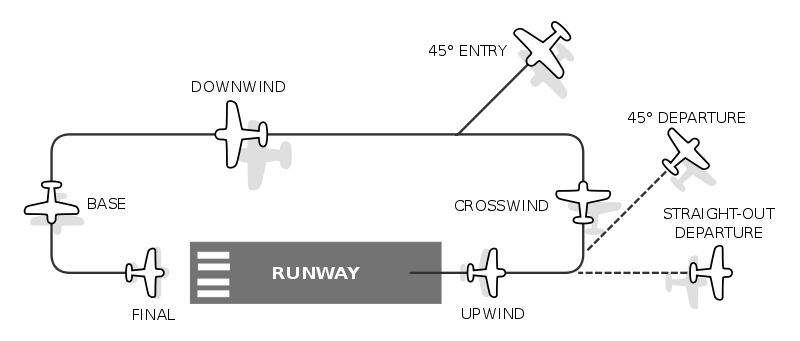circuits
I might be really dumb here, so will risk my pride to ask a question.
Circuits.
I assumed (dangerous I know) that a circuit was a rectangular track, usually in a left hand formation, that was performed at about 1000 ft, to ingrain the practice of turns, maintaining altitude, and lining up with markers so as to align with a runway in one leg.
I am now thinking that a circuit starts at the departure runway, and finishes with a landing on the same runway, after proscribing the aformentioned rectangular circuit of the airfield.
anyone care to enlighten this noob?
Again, apologise for the dumb question that it seems everyone else will know the answe tor, but I cant seem to find a reference to which (if either) theory is correct.
If I am gunna be practising something, would prefer to do it correctly, rather than just proceed aimlessly.

Circuits.
I assumed (dangerous I know) that a circuit was a rectangular track, usually in a left hand formation, that was performed at about 1000 ft, to ingrain the practice of turns, maintaining altitude, and lining up with markers so as to align with a runway in one leg.
I am now thinking that a circuit starts at the departure runway, and finishes with a landing on the same runway, after proscribing the aformentioned rectangular circuit of the airfield.
anyone care to enlighten this noob?
Again, apologise for the dumb question that it seems everyone else will know the answe tor, but I cant seem to find a reference to which (if either) theory is correct.
If I am gunna be practising something, would prefer to do it correctly, rather than just proceed aimlessly.


